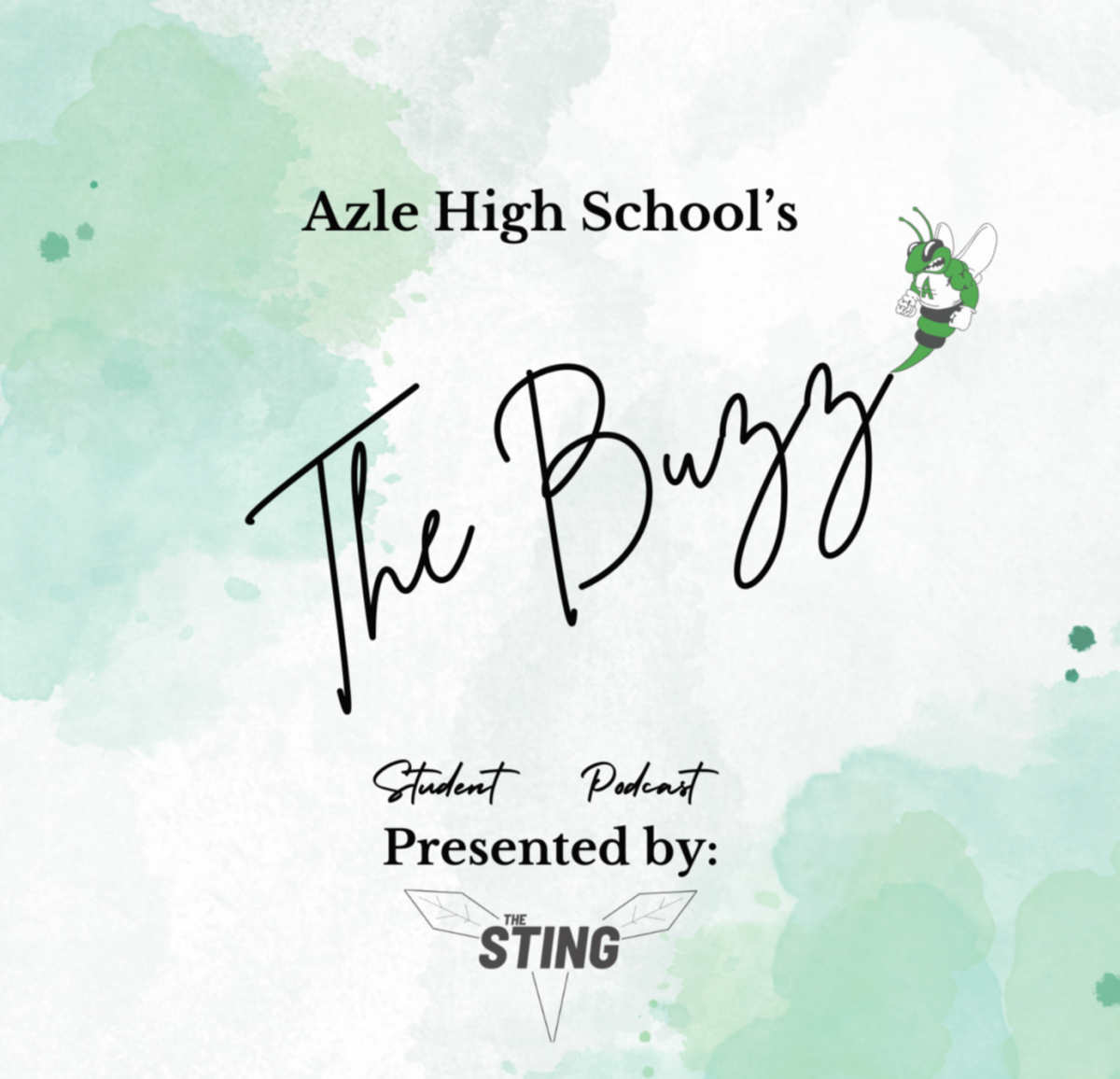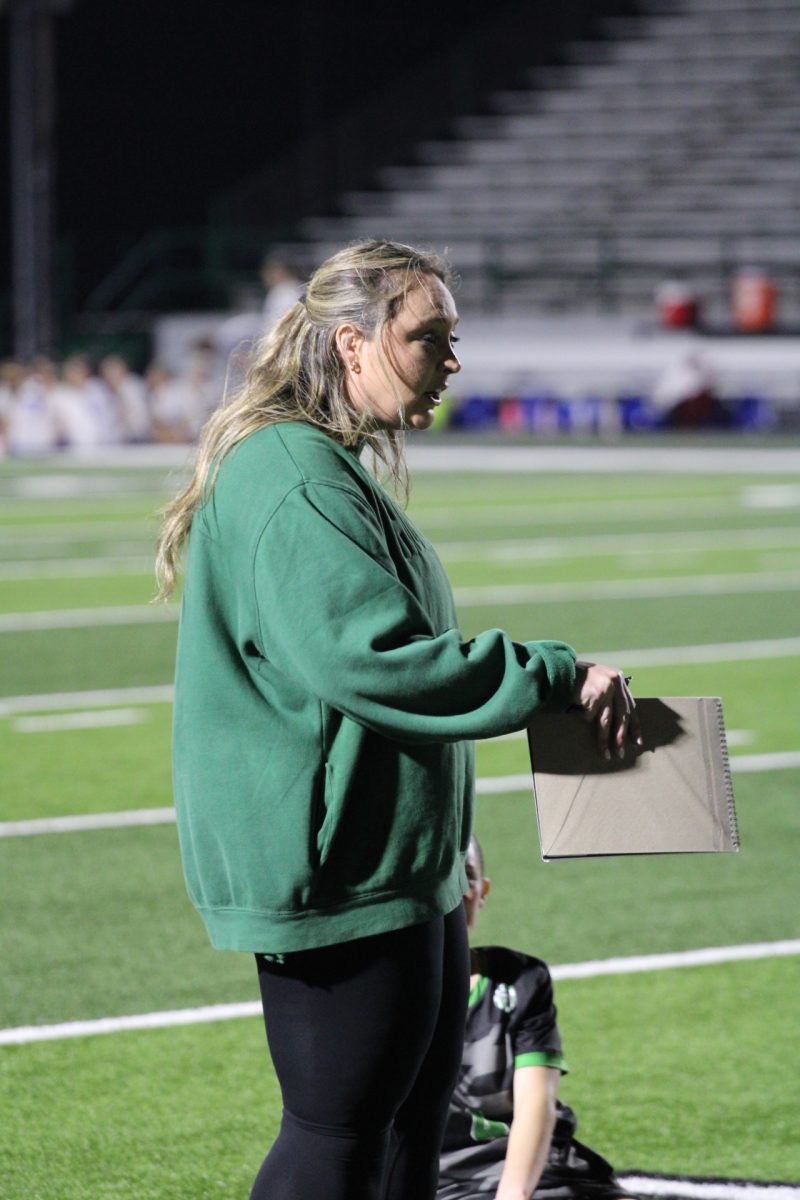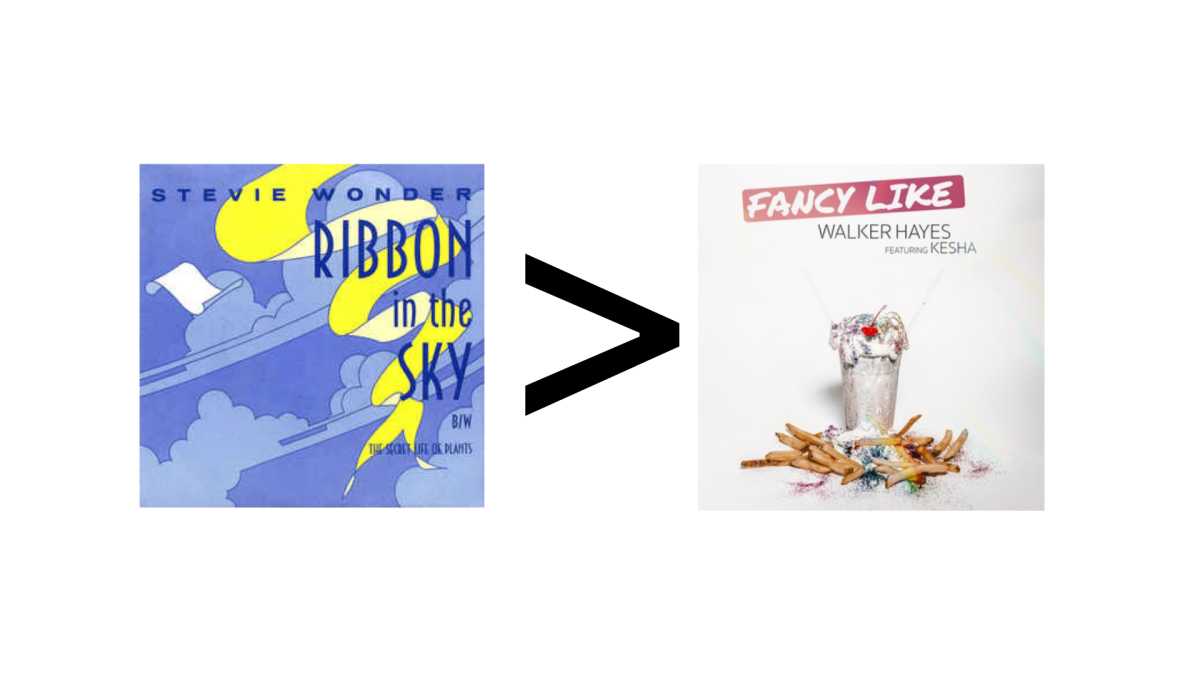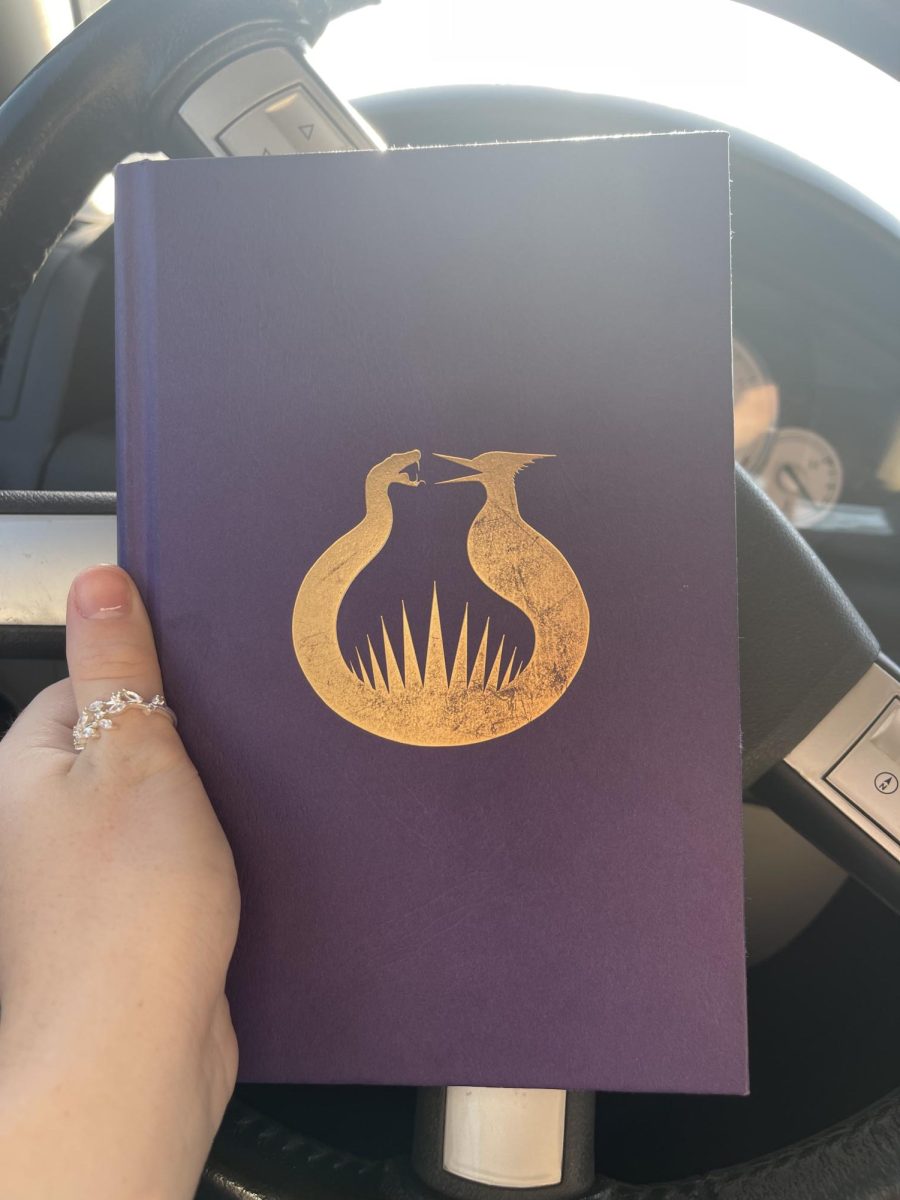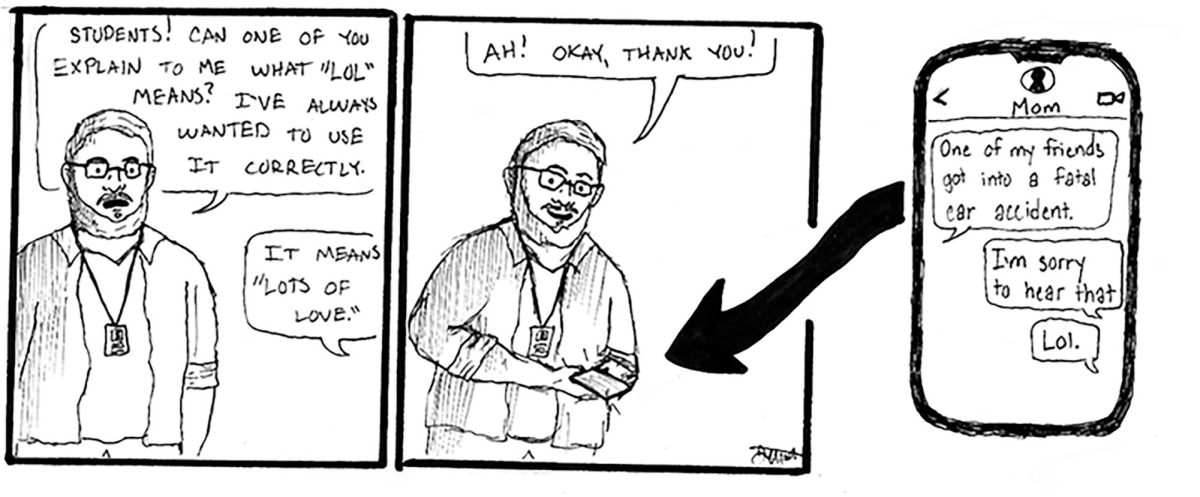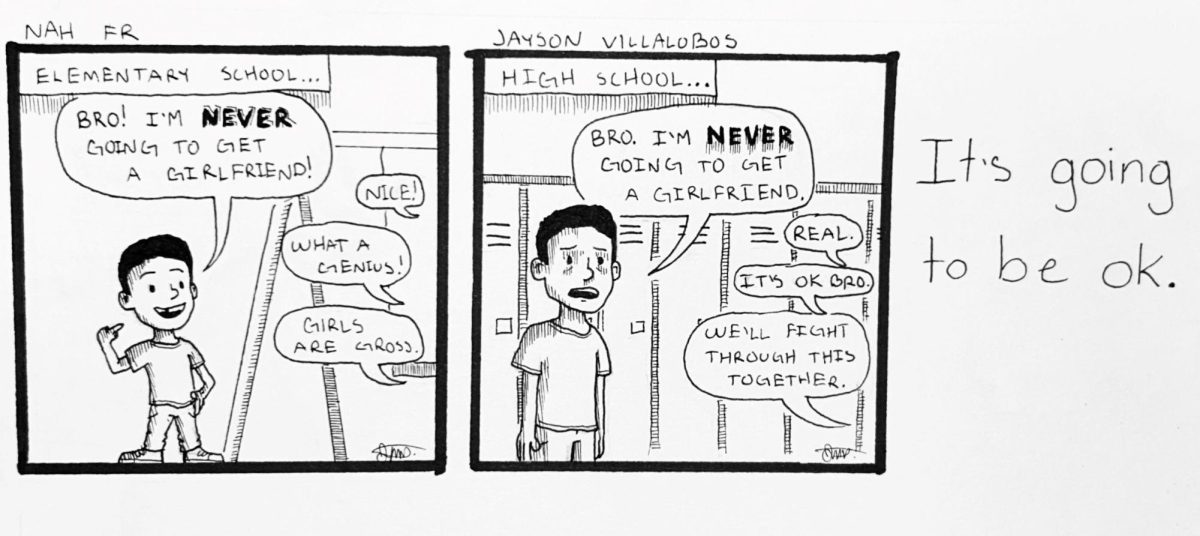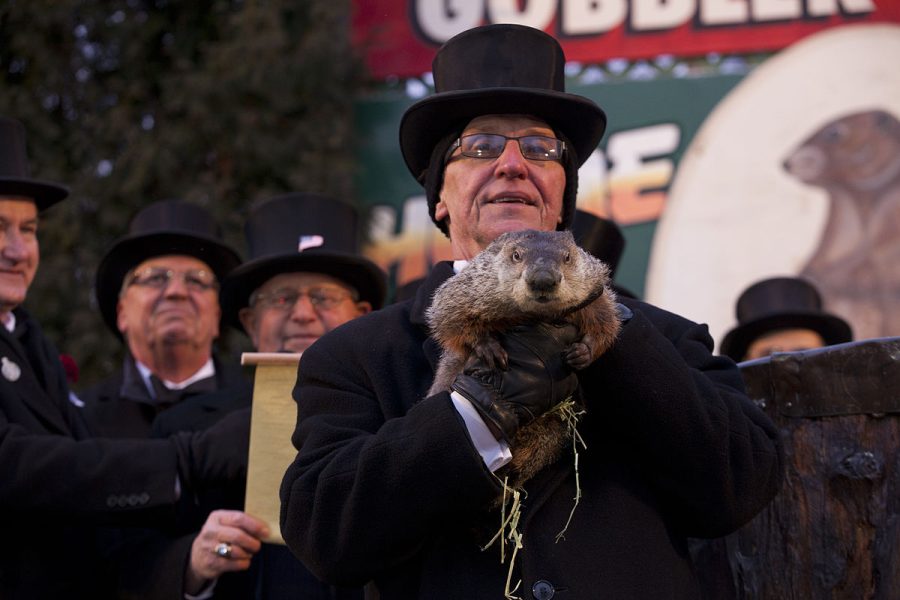The History of Groundhog Day
Groundhog Day 2013 from Gobbler’s Knob in Punxsutawney, Pennsylvania. https://www.flickr.com/photos/quintanomedia/8437246171/
Today is Groundhog Day and as the story goes, and this morning, Punxsutawney Phil saw his shadow, which means there will be six more weeks of winter. Had he not seen it, there would be an early spring if the groundhog didn’t see his shadow.
The first Groundhog Day was celebrated Feb. 2, 1887. Groundhog Day has roots in the pagan holiday that celebrated winter’s harshness with candles. The candle would symbolize how long and cold the winter would be.
Germany celebrated the holiday; however, they expanded on it by changing it to an animal to predict the weather. That animal selected was the hedgehog. When German settlers came to America, they continued to celebrate the holiday.
Once again, the animal would change as hedgehogs weren’t common in Pennsylvania. The animal they chose, of course, was the groundhog. Many cities have their own celebrated groundhog, but only the one in Pennsylvania has been recorded as the accurate groundhog to predict the weather.
That groundhog’s name is Phil, and They feed Phil “groundhog’s punch” administered at the groundhog’s picnic in the fall. Groundhog’s punch is made up of vodka, milk, and orange juice. Groundhog’s punch is said to add seven years to Phil’s life.
Once Phil predicts the weather by seeing his shadow or not, he then speaks “groundhogese” to the president of the groundhog club. From there, the president translates and reveals what the prediction is.
Groundhog’s day is so much more than just a day where a groundhog named Phil predicts the weather. As there is more than meets the eye of the seemingly insignificant holiday. Phil did see his shadow predicting six more weeks of winter.

I am a senior this year and looking forward to college next year. I have 8 cats and 3 dogs that I adore. I am often found reading, drawing, or writing....






